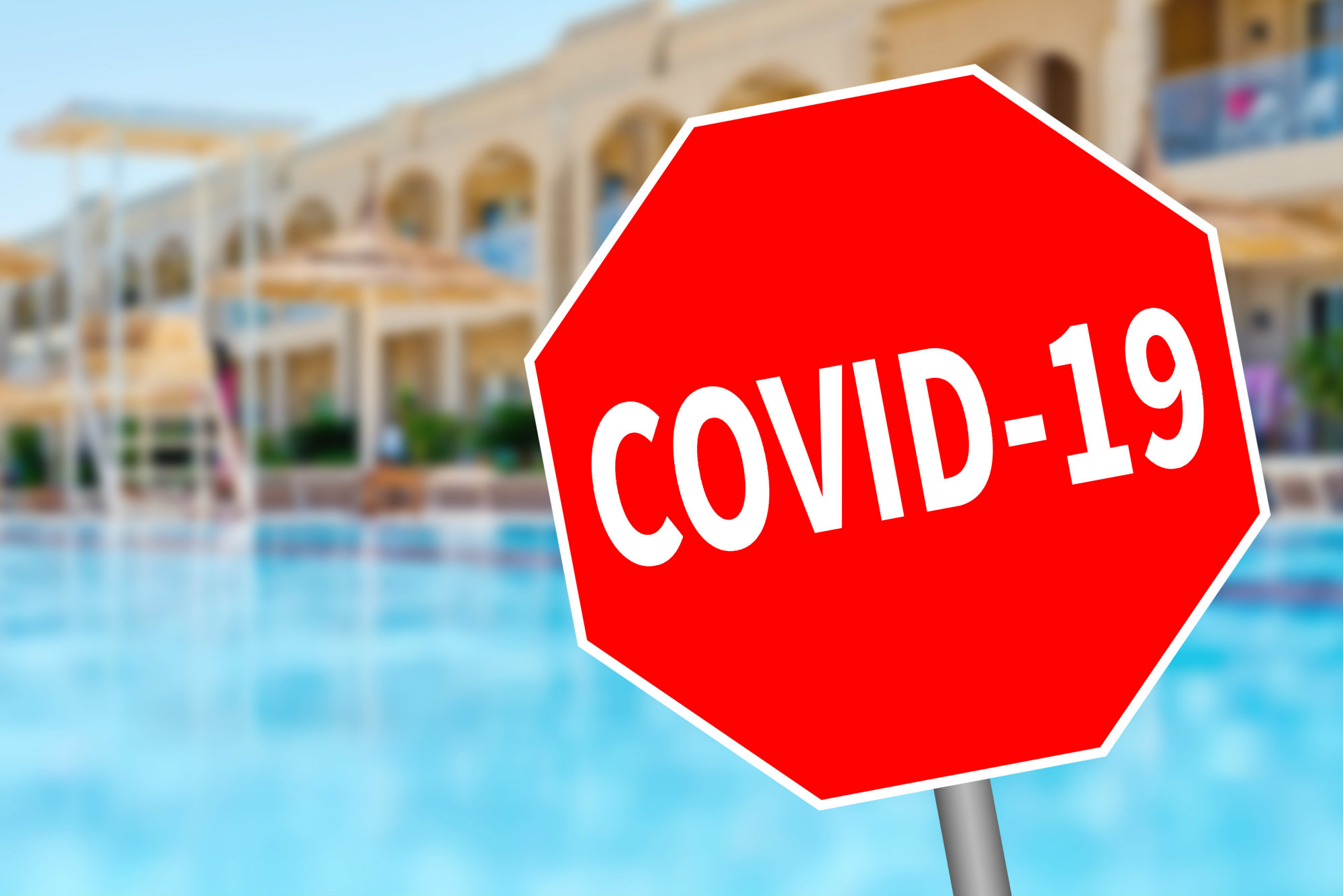As some agencies move toward reopening their facilities and providing modified programing, we must figure out ways to make sure our employees stay safe when they return to work. If this task falls to you, here are some recommendations to consider before employees come back to work:
• Develop prevention measures for such non-emergency activities as signing in, doing timecards, and set-up/breakdown of the facility.
• Develop protocols that apply to emergency procedures with the necessary PPE (providing ventilations, CPR, etc.)
• Provide information on COVID-19 symptoms
• Provide information on possible COVID-19 exposure pathways
• Develop a flowchart on what an employee should do if they are sick
• Develop a flowchart on what to do if an employee tells you they are sick
• Build an FAQ on different exposure scenarios
Development of the last three documents in particular should be done by or with your human resources department, knowing they will be updated as new information becomes available.
Protective measures
As the supervisor, your job is to develop engineering controls, methods that are built into the design of a facility, operations, processes, or equipment to minimize hazard, and to ensure staff adhere to them. Refer to the Centers for Disease Control and Prevention guidelines for office buildings and for reopening after prolonged closure.
Along with the development and implementation of engineering controls, agency messaging should require emphasizing the importance of all employees taking personal responsibility for the safety of themselves and their coworkers. Refer to the CDC’s “How to Protect Yourself and Others.” Don’t be surprised if you have to constantly encourage staff to be safe. Changing human behavior is extremely difficult.
When it comes to developing protocols for emergency care that your lifeguards will provide, be sure you can get enough of the appropriate and necessary PPE. Refer to this CDC guidance for first responders.
We must attempt to reduce or eliminate the sources of workplace exposure to the virus. These include contact with the buildings, with other employees, and providing care to a patron. If your prevention measures are followed and done correctly, exposure risk should be low.
However, exposure can occur for your staff when they’re not at work. This includes contact through family members and the community.
Once your employees return to work, be prepared for some to exhibit a range of symptoms that could or could not be COVID-19 related. It’s important to remember that the symptoms listed for COVID-19 are not unique. They can be paired with allergies, food poisoning, flu and other existing medical conditions. Any symptoms should be taken seriously, and the employee and agency should follow the exposure flowcharts that have been established. Timeliness is important — not only to ensure the employee gets the medical guidance and attention they need, but also to help reduce the potential spread to others.
Proportionate response
Let’s walk through the process if an employee tells you they believe they were exposed.
First, tell the employee to go or stay home. As the supervisor, prioritize the safety of the employee and other staff by reducing the potential of increasing the exposure.
Direct the employee to contact their healthcare provider for care, and to HR to relay information about their symptoms, others who were possibly exposed and learn about sick-leave options.
HR should determine the risk level of the exposure, based on several factors:
• Location of the exposure, such as whether it was outside or inside;
• Whether it took place within a 6-foot distance of others;
• The duration of the exposure;
• Sharing of tools, equipment, or vehicles;
• Whether or not the prescribed prevention measures were followed.
This information will help HR determine what level of cleaning and disinfecting should take place at the facility. This could vary from a routine cleaning and disinfecting of high-touch areas, to bringing in a janitorial service, to bringing in specialized cleaning company that specializes in disinfecting for COVID-19. Develop or request a list of cleaning services that are already approved by your agency along with pertinent information, such as square footage of worksites and alarm codes. Be prepared to relocate staff to another site if the cleaning service is not immediately available.
If employees suddenly must change locations and routines due to unscheduled cleaning and disinfecting, be prepared for them to ask a lot of questions about their exposed coworker and the situation. Questions could be insistent and downright pushy: It’s natural to want to know everything, especially when it could affect the health of themselves and their families. We might feel inclined to answer those questions; however, you and other staff must maintain the confidentiality of the exposed employee and their medical condition. It’s the law. For more information regarding confidentiality and COVID-19, please refer to the U.S. Equal Employment Opportunity Commission.
Understand that the incident could be incredibly stressful, not only for the exposed employee, but also their colleagues and yourself. In the moment, it’s normal to question the prevention measures that you and your agency have created. But remember that such exposures may have occurred at the employee’s home or through community contact, rather than at work.
As aquatics professionals, we must be deliberate and thorough in our actions, with every action demonstrating compassion and support. Be safe.
Disclaimer: All documentation and engineering controls mentioned here must be vetted by your agency, certifying organization, and local health officials prior to implementing. Also, in a rapid changing environment, stay up to date on what training and engineering controls are most relevant.



